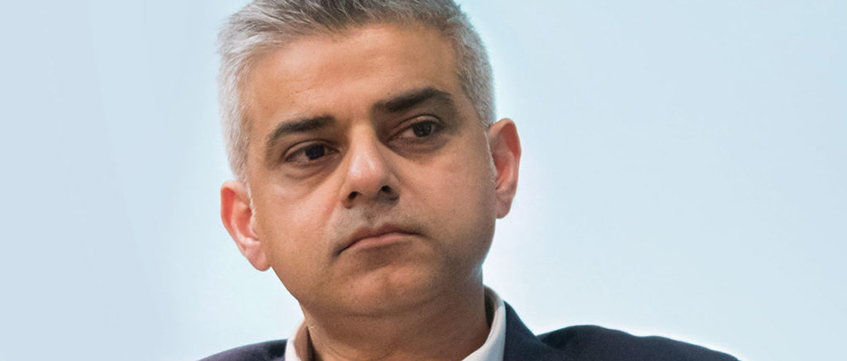Khan sets his sights on NHS land for housing
London mayor Sadiq Khan is attempting to create a London-wide body that would allow City Hall to get its hands on NHS land in the capital.
The GLA is at an early stage in discussions with the government, London boroughs and various NHS trusts to create a team to advise on and dispose of NHS-owned land.
A key aim would be for the board to take control of and centralise surplus land, re-allocating it by strategic medical need and using the rest for housing.
London mayor Sadiq Khan is attempting to create a London-wide body that would allow City Hall to get its hands on NHS land in the capital.
The GLA is at an early stage in discussions with the government, London boroughs and various NHS trusts to create a team to advise on and dispose of NHS-owned land.
A key aim would be for the board to take control of and centralise surplus land, re-allocating it by strategic medical need and using the rest for housing.
According to Robert Naylor, author of the recent Naylor Review advising on how the NHS can rationalise its estate: “The GLA is negotiating with the government right now to create a devolved administration for London so that the GLA, together with the Department of Health, have more leverage to achieve the developments that they want in London.”
The NHS has a vast estate in London and has become a key target following Khan’s pledge to use public land to increase the amount of affordable housing in the capital. Much of the GLA-controlled land has already been disposed of, and in the past year the mayor has turned his attention to TfL, the Metropolitan Police and large-scale projects like Old Oak Common to find more space.
The Acute Trusts – those providing secondary care – own 1,000 acres of land; 420 acres of which are considered surplus to requirements. According to the Naylor Review, the land is worth £1bn and could provide 10,000 homes, though higher density development could increase that number.
The piecemeal and highly politicised ownership of NHS land by different trusts that cross borough boundaries makes redevelopment, reallocation and modernisation of services, alongside land disposals, incredibly complicated.
The mayor currently has no power over land disposals other than in an advisory capacity, but the proposed new body would allow more strategic control.
An important consideration as to how the new body will work in practice will be whether the GLA can force trusts to relinquish land not being used, and how profit sharing will be handled.
Naylor said the proposals are not dissimilar to the powers being granted to Manchester in its devolution deal, which is still being formalised.
“[London] is trying to follow the devolution agenda which is being developed in other cities… Effectively the greater Manchester area will have more influence and control over public assets, particularly in the NHS,” said Naylor.
The proposed board would be designed to better allocate land depending on need, both for the provision of health services and in assessing which land is now surplus to requirements and could be disposed of.
“What London needs to do is work with the mayor’s office to look at London strategically, rather than leaving the planning decisions in the hands of the boroughs,” said Naylor, who added that no borough will put their hand up to close and relocate a hospital into another borough.
Click here to read an interview with Robert Naylor
London’s public land owners
NHS Trusts: 420 acres of land with the potential for at least 10,000 homes, valued at £1bn;
Greater London Authority: 1,569 acres of land, 50,000 homes, 99% of which was disposed of during Boris Johnson’s tenure as mayor;
Transport for London: 300 acres, 10,000 homes across inner London on surplus sites, with disposals now underway; 5,700 acres owned in total across London;
Metropolitan Police: 250 buildings to be sold from 360-building London estate;
The Ministry of Defence: Five London sites being sold, valued at around £400m, including Woolwich Barracks and Hounslow Barracks;
London boroughs: Unknown, though London Land Commission aims to map this. Estimated 40,000 sites for 130,000 homes.
To send feedback, e-mail alex.peace@egi.co.uk or tweet @egalexpeace or @estatesgazette











